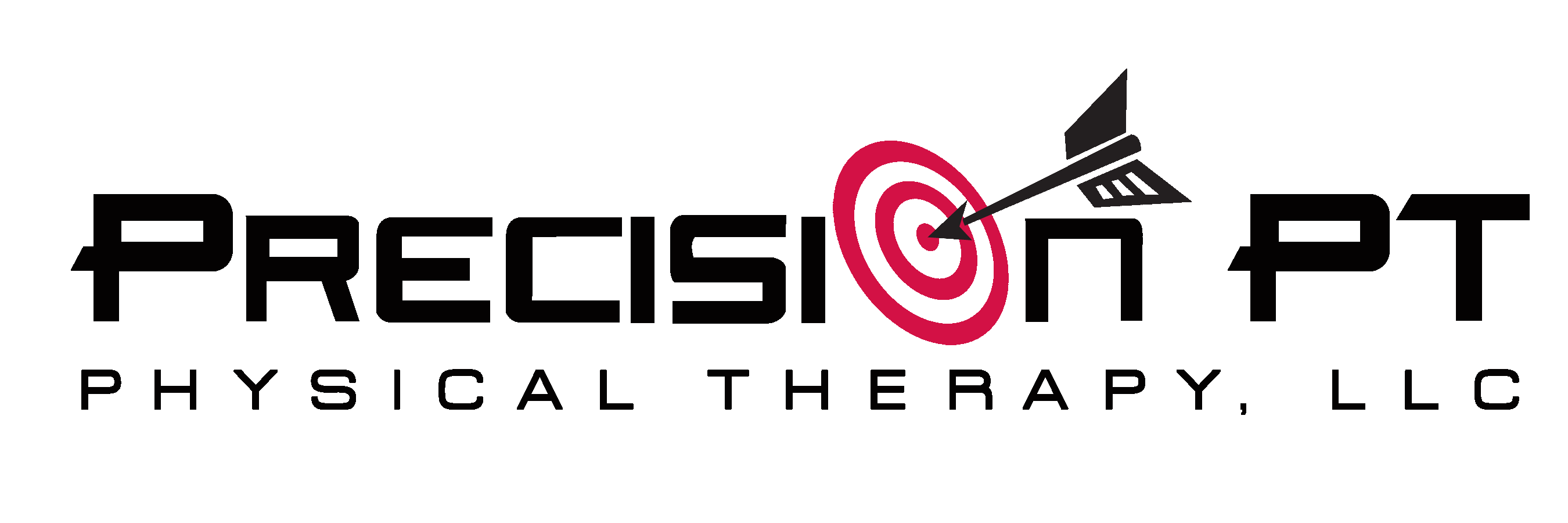Looking Strong Vs. Being Strong
I was recently at Central Park watching 2 young men playing catch with a football. One of them looked to be fairly strong, with well developed upper body muscles. His friend on the other hand was tall and skinny, with little visible muscle definition. Normally we would expect the most muscular man to be the stronger one, but when it came to playing catch, the opposite was true. Not only was the thinner guy consistently throwing the ball further, but his throwing motion looked more effortless, and he seemed to have an easier time reaching out to catch the ball as well. To many being stronger is often associated with having visibly large muscles. This is why gyms are filled with young (and sometimes not-so-young) men lifting heavy weights a limited number of times. But being strong, especially in the context of performing an athletic feat like throwing a ball, has many components, only one of which is major muscle mass. There are also the factors of core strenght, balance, muscle flexibility and endurance. If you have mass but no endurance, your first few throws will go far but not the rest. If you don't have flexibility and range of motion, your large muscles might actually inhibit actions that utilize their antagonists. If you don't have good core strength you'll be weaker in everything regardless of how big your mirror muscles are. If you don't have good balance you might fall down and hurt yourself, and so on. True strength comes from having some of all the above factors, many of which can't be seen with the naked eye. But often times we neglect what is important for what looks good, sacrificing real fitness along the way. Flexibility is a good example. Think of that large man at the gym who bench presses a ton. His pectoral muscles look very big and pop out of his shirt, but as given away by the way his shoulders are rounded forward and his arms are almost in front of him, the muscles in his torso are very tight while those in his upper back are too loose. This imbalance will inhibit his range of motion in many activities, like catching a football, and increase his risk of injury in anything that involves pulling his arms back.
The best approach in fitness is to constantly analyze where the weakest link in your unique chain is and work on that. So our bench pressing friend might want to spend some time doing corner stretches, and a marathoner might want to throw in the occasional weight training to build up her quads and hamstrings. The road to true Fitness For Life is different for every individual, and doesn't always show up in the mirror.























